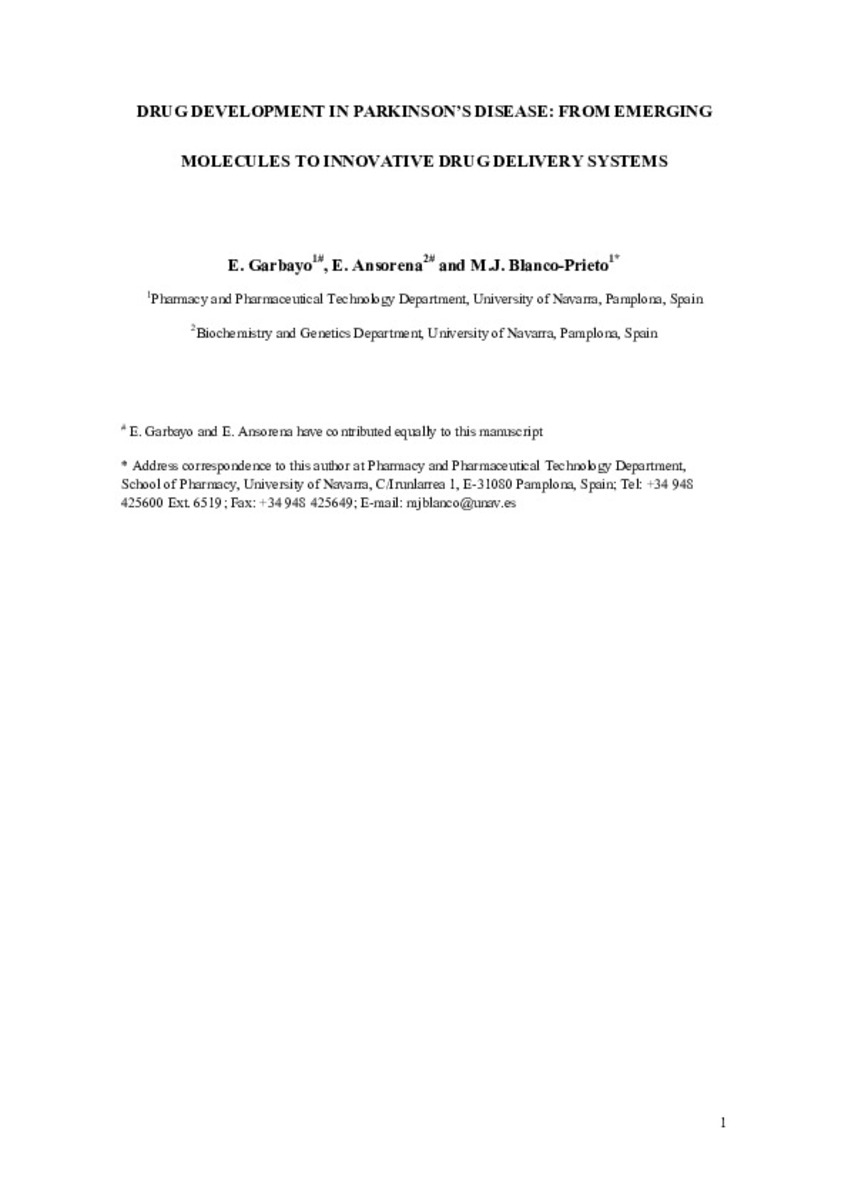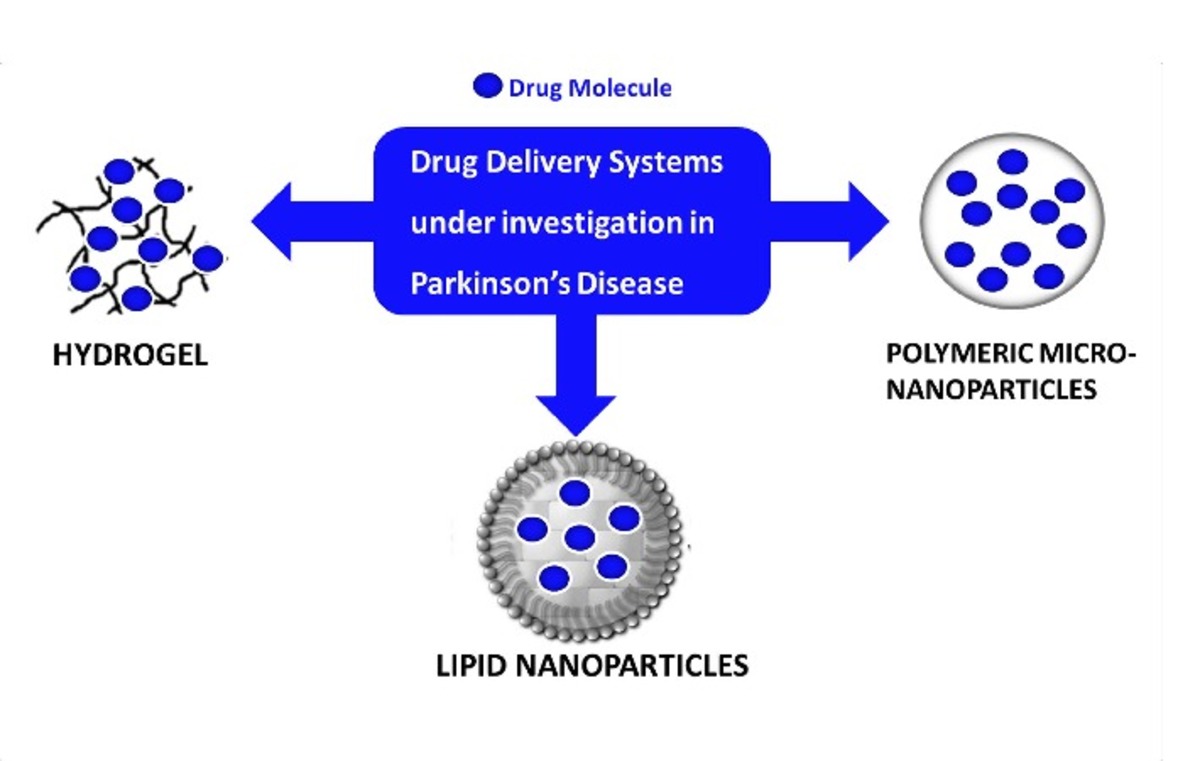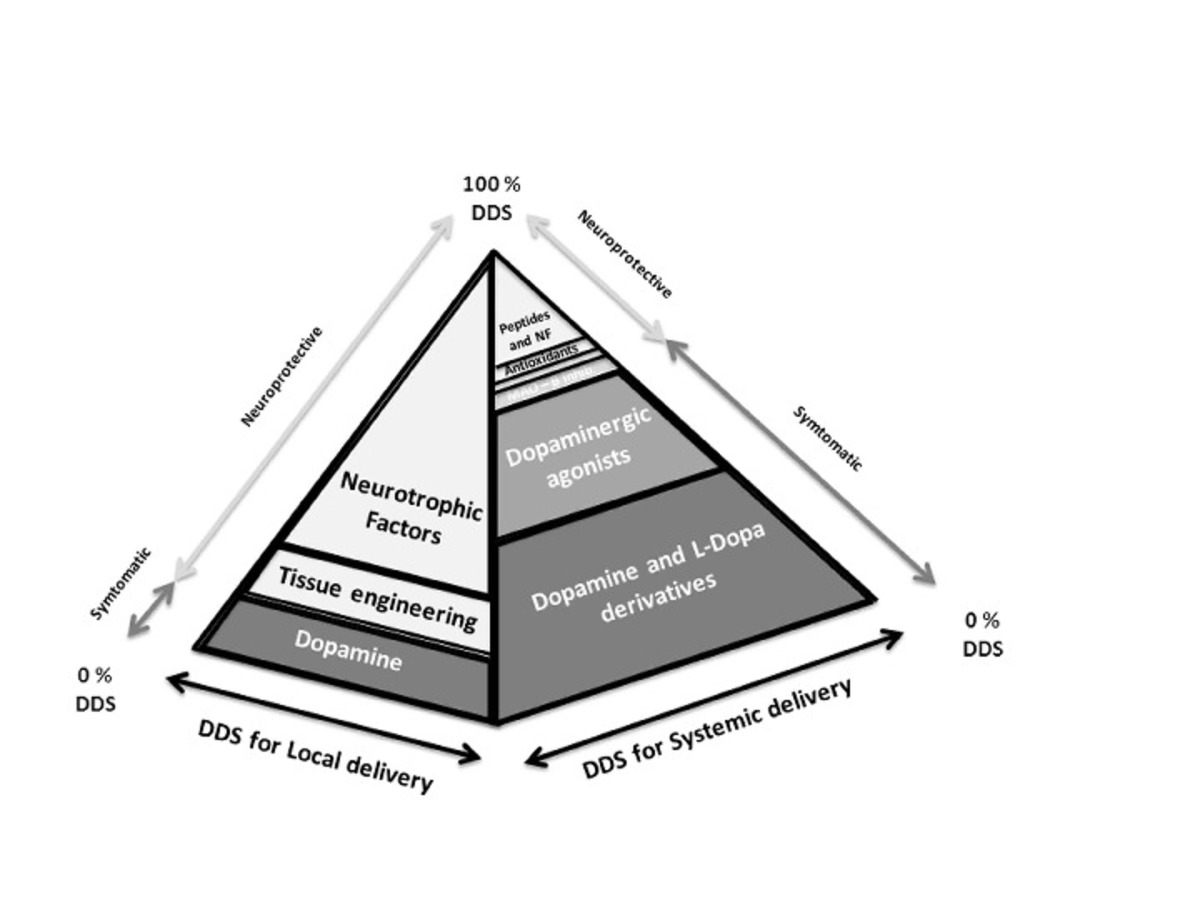Drug development in Parkinson's disease: From emerging molecules to innovative drug delivery systems
Palabras clave :
Drug delivery systems
Parkinson’s disease
Symptomatic and Disease modifying treatments
Fecha de publicación :
2013
Cita:
Garbayo E, Ansorena E, Blanco-Prieto MJ. Drug development in Parkinson's disease: From emerging molecules to innovative drug delivery systems. Maturitas 2013 2013 Nov;76(3):272-278
Aparece en las colecciones:
Estadísticas e impacto
0 citas en

0 citas en

Los ítems de Dadun están protegidos por copyright, con todos los derechos reservados, a menos que se indique lo contrario.













